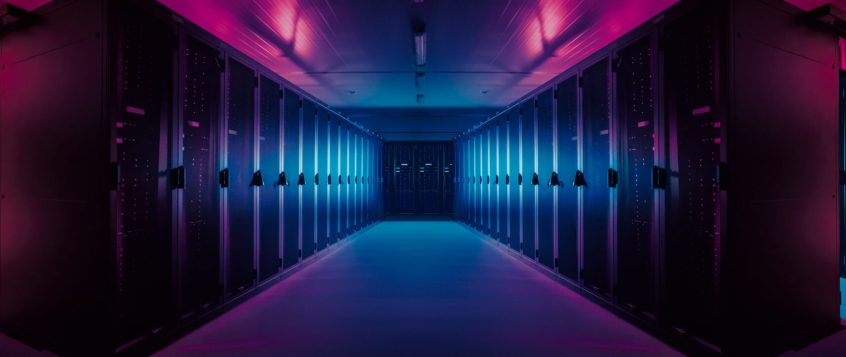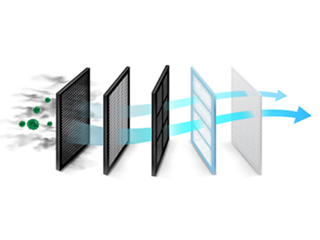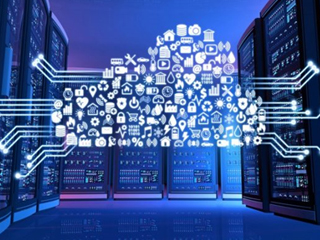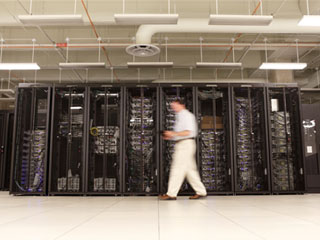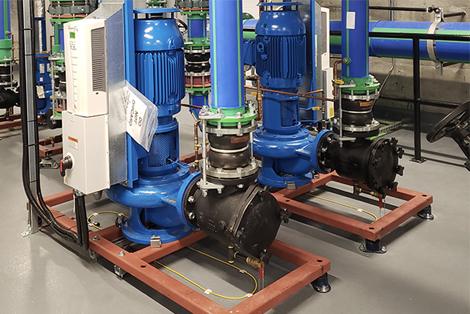Unmanned data centers, commonly known as “lights out”, are one of the most fascinating and advantageous use cases for hyperscale and 5G. Its operation has been made possible by the IoT and artificial intelligence (AI), supported by the strength of hyperscale computing.
Operators are under increased pressure to become leaner, greener, and faster because of the demands of hyperscale computing.
Monitoring At The Edge
Does unmanned operation at hyperscale data centers also work if it is successful at the Edge?
Due to the growth in Edge deployments and limitations on size and power usage in hard-to-reach places, edge data centers are unintentionally the pioneers of ‘lights-out’ operation. Due to developing apps and intelligence, the line between the cloud and edge is blurring at the same time.
The Challenges Of Unmanned Hyperscale Data Center
Although the technology for sensing and monitoring the Edge is comparable, the strategy must scale to satisfy the extreme hyperscale requirements.
For hyperscale data centers that adhere to the IDC’s 10,000 square foot minimum footprint, unmanned operation assumes proportions though many data centers now exceed one million square feet.
Unmanned hyperscale data center operation is difficult due to the amount of technology, the facility’s changeable environment, and the huge concentration of data. Aisle width, server rack height, and supporting infrastructure in hyperscale data centers have all been created with humans in mind.
Other large-scale industrial internet of things (IIoT) application like factory automation and linked health lay the groundwork for efficient monitoring and feedback while the infrastructure adjusts to an unmanned state.
The hyperscale data center’s artificial intelligence and big data storage capabilities are crucial in each scenario.
Unmanned Hyperscale Data Center Features
Temperature Sensing

Critical performance metrics for data centers include air and equipment temperatures. In their pursuit of greater cooling effectiveness, hyperscalers frequently operate on the edge of safety.
Equipment failure can result from temperatures just one degree beyond the limit, whereas lower temperatures can reduce cooling costs. Temperature monitoring is redefined by 5G IoT’s ultra-low latency, connection density, and hyperscale computing intelligence.
Real-time data and analytics are incorporated into continuously improved temperature profiles rather than warning human operators when conditions change. Pressure, vibration, and humidity sensors are additional data sources that hyperscale computing analyzes and stores.
Fire Protection
Hyperscale data centers are particularly susceptible to fire threats due to their high energy density, static electricity, and abundance of combustible materials. Equipment, facilities, and employees are all designed to be protected by National Fire Protection Association (NFPA) regulations and codes.
Data centers have traditionally used smoke detectors, fire extinguishers, and sprinklers, just like many other sectors. Reactive approaches are no longer sufficient because of the financial costs associated with downtime or lost data.
To proactively identify harmful states, real-time IoT sensing and analysis of electrical and environmental factors can be used. To reduce hardware damage if smoke or flames are detected, 3D positioning localizes fire suppression.
Remote Automation
Automation and remote data center monitoring have advanced simultaneously as the hyperscale ecosystem has grown. On the road to automated operation, the two routes have converged, and real-time data is now feeding the data center’s internal artificial intelligence.
AI skips notifications to execute autonomous solutions rather than continuously scanning for circumstances that require human action. Customers can see more clearly thanks to remote monitoring and automation, and the unlimited access to real-time and historical data yields more useful insights.
Power Monitoring
Operators and the environment both benefit from remote power monitoring. Lights-out hyperscale uses intelligent power distribution units (iPDUs), which are a popular choice.
To optimize power settings, per-outlet power sensing delivers real-time data at the individual device level. Component failures are foreseen and on-site technician time is reduced when hyperscale predictive intelligence is strengthened in remote power monitoring.
To reduce overall power usage, stranded capacity and other waste causes are quickly detected and fixed.

Photo Credit: www.racksolutions.com
Security
For autonomous data centers, data security and physical security are crucial factors. By default, physical security increases with fewer facility visits. Practical physical access barriers include facial recognition software and other biometric authentication techniques.
IoT surveillance robots or drones can provide an additional layer of round-the-clock physical security. Threat intelligence techniques use enriched flow records and packet data to proactively detect signs of compromise in place of redundant infrastructure and encryption to protect data security (IOC). The unmanned data center operation is complemented with dashboards and real-time threat maps.
Unmanned Hyperscale Benefits
Data centers without employees used to appear like something out of science fiction. The future of hyperscale is bright today with environmental issues and 5G disaggregation promoting learner solutions.
In addition to the autonomy of operation being convenient, each contributing component increases effectiveness. This includes the elimination of geographical restrictions and the optimization of power, cooling, and security based on real-time adjustment.
Data centers can now be located everywhere, including underwater, in cooler but less friendly climes as human presence is no longer required.
The removal of people from the data center does not diminish their importance, as we have learned from earlier industrial revolutions. Professionals in IT and computer science will have more time to focus on proactive duties like advanced threat hunting, capacity planning, and algorithm improvement.
Additional difficulties that call for the development of top-tier computer expertise and ability include the creation of automated data center test solutions and sophisticated monitoring software.
AKCP Rack+ Wireless Solution
AKCP Rack+ Wireless Sensors can be rapidly deployed, with no cabling, and are easy to expand without the need for additional sensor ports and base units. Save on IP addresses and rack space. Sensors send their data to an AKCP LoRa™ gateway such as the L-DCIM. Secure and independent private LoRa™ network for monitoring all your cabinets.
Power Monitoring
Monitor single-phase, three-phase, generators, and UPS battery backup power. AKCP Pro Server performs live Power Usage Effectiveness (PUE) calculations so you have a complete overview of your power train and how adjustments in your data center directly impact your PUE.
Cabinet Hotspots
Monitor temperature at the front and rear, top middle, and bottom of the IT cabinet, as well as the temperature differential from the front to rear, T value.
Differential Pressure
Monitor for proper pressure differentials to check adequate airflow from the cold to the hot aisle. Run more efficiently with the correct pressure differential to prevent back pressure and hot air from mixing back to the cold aisle.
Water Leaks, Access Control, And Sensor Status Lights
The addition of rope water sensors underneath raised access flooring, rack level, aisle access control, and sensor status lights completes the intelligent containment monitoring system.
Reference Links:
https://www.vertiv.com/en-asia/about/news-and-insights/articles/educational-articles/what-is-a-hyperscale-data-center/
https://www.linkedin.com/pulse/hyperscale-shift-remote-work-completely-changing-from-weinberger
https://www.viavisolutions.com/en-us/solutions/hyperscalers
https://www.opsview.com/product/system-monitoring/azure/azure-monitoring/azure-sql-hyperscale-monitoring

